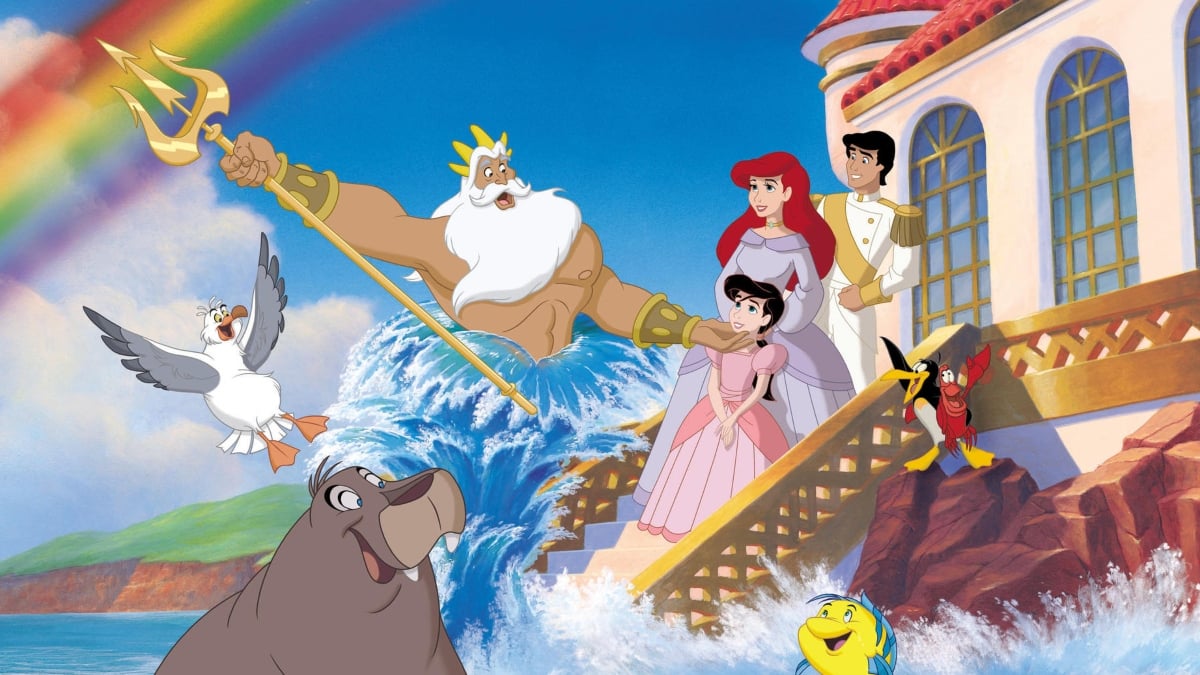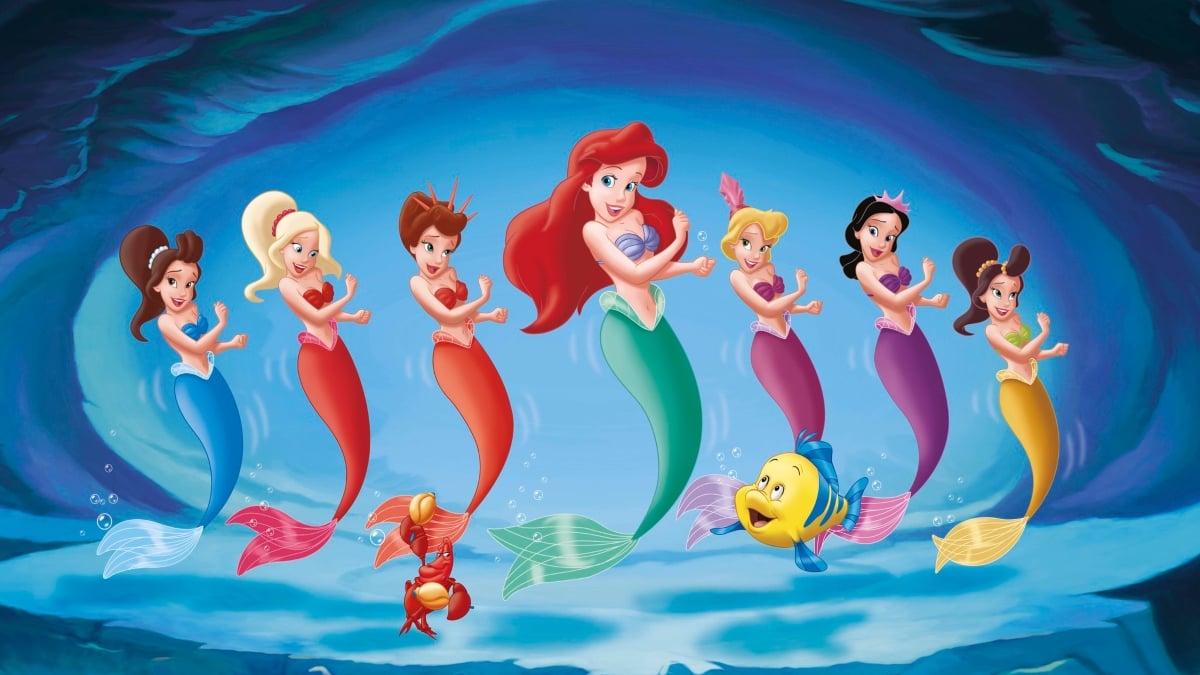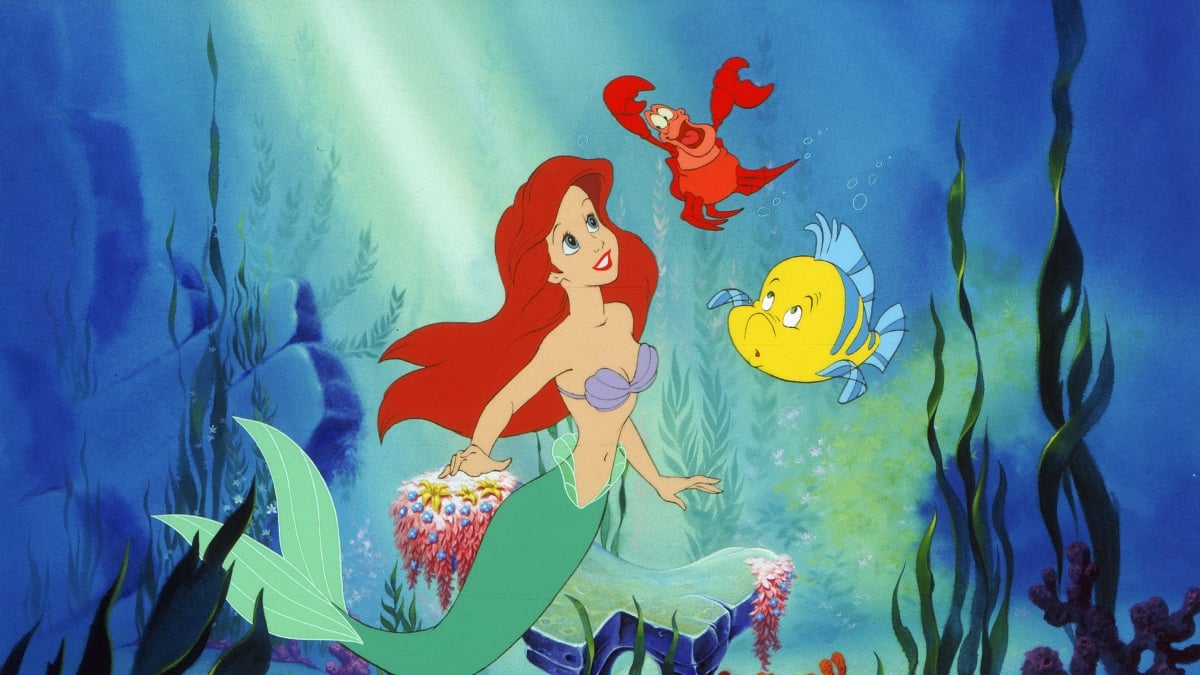As the hype surrounding Disney’s live-action adaptation of 1989’s The Little Mermaid reaches an all-time high, there seems no better opportunity to explore the franchise’s roots, paying homage to Jodi Benson’s portrayal of Ariel ahead of Halle Bailey’s shot at the role. Belonging to the era known as Disney’s Renaissance, wherein the House of Mouse was at its prime and producing some of its most successful animated features ever, The Little Mermaid launched Walt Disney Pictures to immense critical and commercial acclaim, alongside the likes of Beauty and the Beast, Aladdin, and more.
Following the adventurous and inquisitive Ariel, The Little Mermaid sees its titular character longing for a life above water, a yearning exacerbated after she meets the charming Prince Eric. Eager to join Eric on dry land, Ariel seeks assistance from Ursula the Sea Witch, a nefarious octopod who grants Ariel human legs in exchange for her voice. Disney’s animated film is based on the 1837 fairytale “The Little Mermaid” by Hans Christian Andersen, which was published as part of a collection of short stories.
Unless you’re well-versed in the Disney sector, you might not be overly familiar with The Little Mermaid‘s direct-to-video sequel and prequel, both of which were published in the 2000s — one in 2000 and the other in 2008. Before Halle Bailey’s portrayal of Ariel swims into theaters on May 26, let’s take a look back at Jodi Benson’s various outings as King Triton’s rebellious daughter.
Sequel: The Little Mermaid II: Return to the Sea

As mentioned, both the sequel and prequel were direct-to-video releases. The Little Mermaid II: Return to the Sea follows on from the 1989 original, set 12 years after Ariel and Eric’s wedding. It focuses on Melody, their human daughter who longs to swim in the ocean, despite her parents’ strict rule forbidding it. Many of the original’s voice actors return for the sequel, including Jodi Benson as Ariel, Kenneth Mars as King Triton, Samuel E. Wright as Sebastian, and Buddy Hackett’s final film role as Scuttle before his death in June 2003. As for Pat Carroll, the voice of Ursula, she returns as Ursula’s sister Morgana, the sequel’s new villain. Fairly OddParents and Rugrats star Tara Strong also joins the ensemble cast as Melody. Despite strong ties to the first film, The Little Mermaid II: Return to the Sea received largely negative reviews, particularly targeting the plot and lack of originality, but for Disney die-hards, it’ll always be a must-see.
Prequel: The Little Mermaid: Ariel’s Beginning

Released eight years later, the prequel Ariel’s Beginning took us all the way back to our protagonist’s childhood and life under the sea with the merpeople. In the opening sequence, King Triton is left widowed when a pirate ship attacks Atlantica, killing Queen Athena in the process. Afterward, King Triton bans music from Atlantica, but Ariel meets Flounder and finds an underwater music club, hosted by Sebastian the Crab, and befriends them both. These events tie the story together for the eventual arrival of Ursula, who wishes to overthrow Triton and assume the throne. For any viewers wanting chronology, Ariel’s Beginning comes first, then The Little Mermaid, then The Little Mermaid II: Return to the Sea. All the usual faces return for Ariel, Sebastian, and Flounder, while Sally Field voices the film’s new villainess, Marina Del Rey, and Jim Cummings replaces Kenneth Mars — who’d been diagnosed with pancreatic cancer — as King Triton. Unlike many of Disney’s direct-to-video follow-ups, it received generally positive reviews compared to the sequel.
As for Disney’s upcoming remake, it falls anywhere you’d like within the chronology of The Little Mermaid lore, considering it acts as both a reimagining of the original and a stand-alone feature. With any luck, it’ll be much better than Disney’s prior efforts at translating animation into live-action.
The Little Mermaid invites you to join in the fun under the sea when it hits theaters on May 26.

